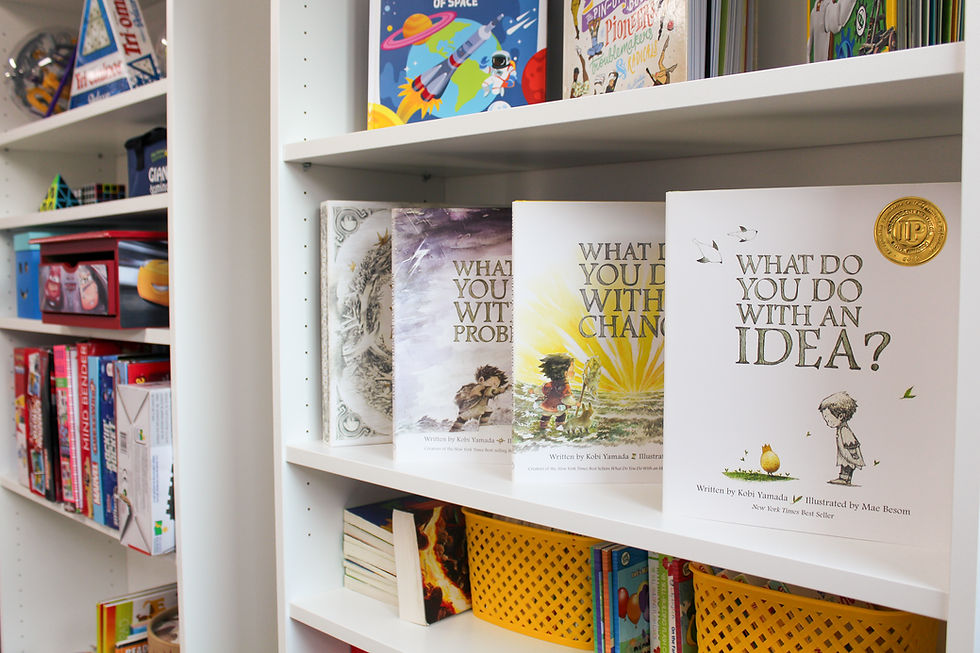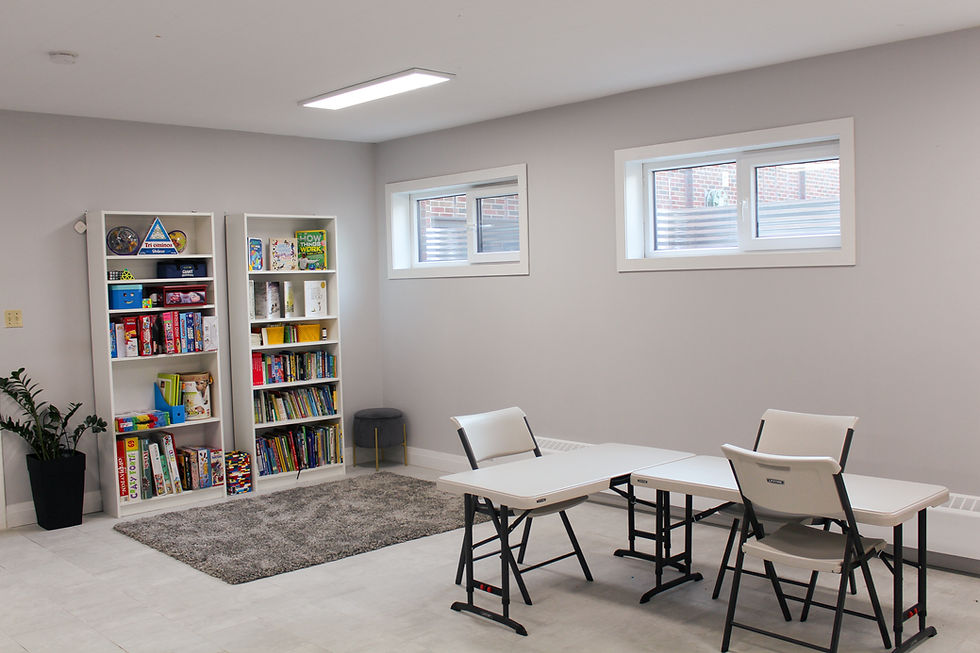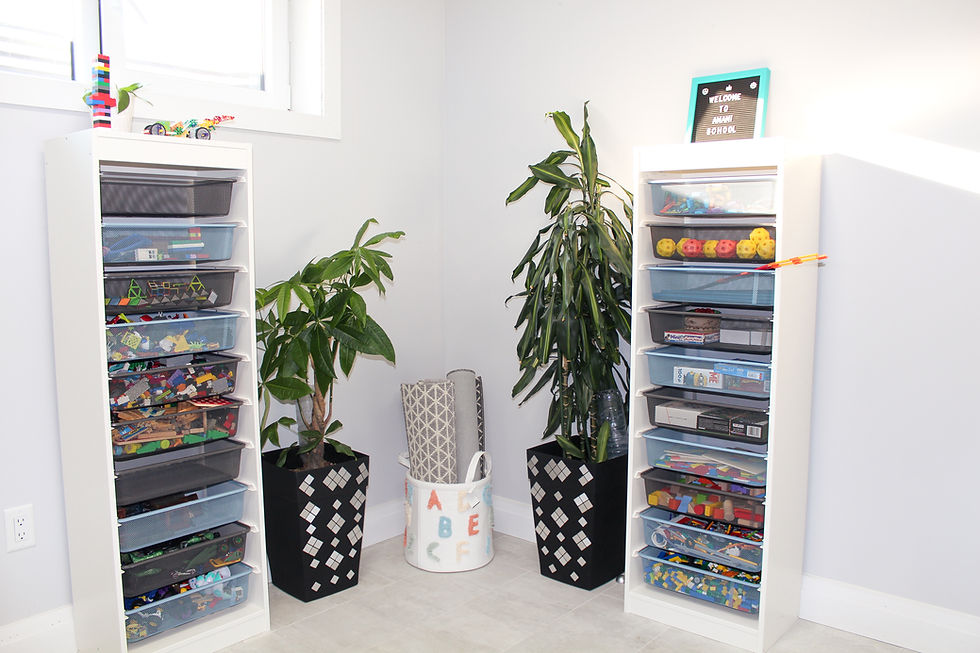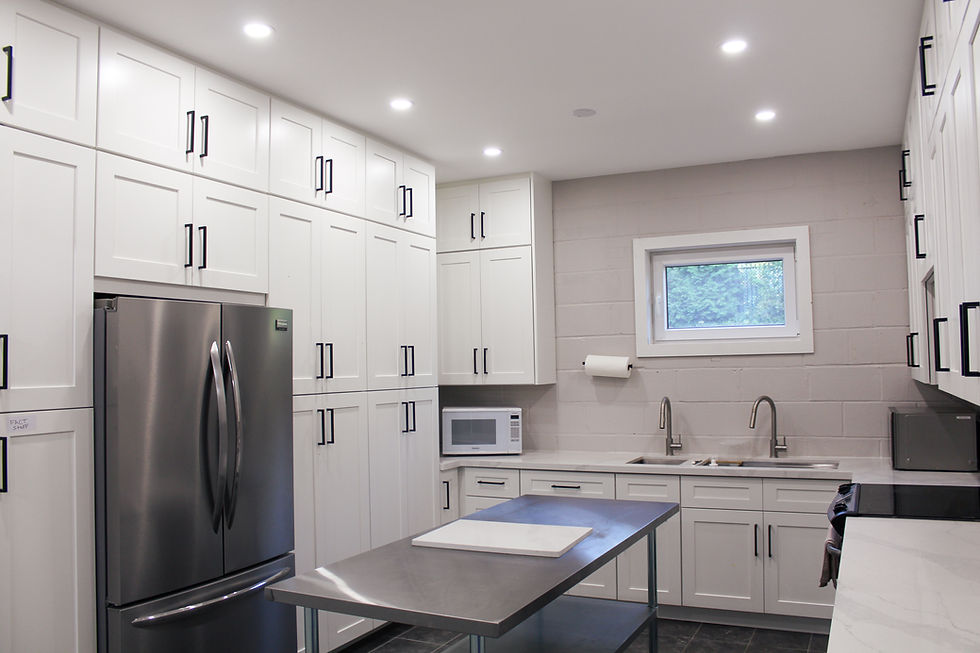
THE
ADVANTAGE
Amani, meaning "peace", is a school that offers a unique educational experience in North York, Toronto. Our Experiential Academy combines mastery based education with project centered learning, fostering academic excellence alongside holistic personal growth.
We create a nurturing environment where learners develop curiosity, character, and a growth mindset. The Amani Advantage is our innovative approach to education, preparing learners for real-world challenges in a peaceful, dynamic setting.


.png)
The Amani Advantage | Traditional Curriculum | Mastery-Based Curriculum |
|---|---|---|
Feedback | Feedback is often periodic and based on test results. | Continuous and constructive feedback, helps learners improve and understand their progress. |
Assessment | Summative assessments (tests and quizzes) are common, and grades are given. | Frequent formative assessments; learners demonstrate mastery through various methods. |
Pacing | The school sets pacing, and all students move through the material at the same speed. | Learners progress at their own pace, moving on only when they have mastered the material. |
Traditional Curriculum
VS.
Mastery Based Curriculum
Mastery based curriculum allows learners to progress at their own pace, using the Ontario curriculum, advancing only when they demonstrate thorough understanding. This approach emphasizes personalized learning and deep comprehension.

At Amani, we believe in small class sizes, individualized attention, and a dynamic curriculum that adapts to all learner's needs and interests.
Traditional Schools
VS.
Amani School

The Amani Advantage | Traditional Schools | Amani School |
|---|---|---|
Instruction Style | Often lecture-based with a focus on whole-group instruction. | Emphasizes individualized and small-group instruction. |
Flexibility | Less flexibility in curriculum and daily schedules; more rigid and structured. | Highly flexible curriculum and schedules, often project-based. |
Curriculum | Standardized curriculum mandated by the district. | More flexible and often personalized to meet learners' interests and needs. |
Class Size | Larger class sizes, often 20-30 students per class. | Smaller class sizes, typically 5-10 students. |


Traditional Subject Based Curriculum
VS.
Project Centred Experiences

Project centred experiences integrate multiple disciplines into real-world projects, emphasizing critical thinking and practical application. This comparison highlights the shift from compartmentalized learning to a more holistic, engaging educational approach.
.png)
The Amani Advantage | Traditional Curriculum | Project-Based Experiences |
|---|---|---|
Learning | Emphasis on memorization and completion of specific content. | Focus on critical thinking, collaboration, and practical application of knowledge. |
Assessment | Traditional tests and quizzes within each subject. | Ongoing assessment through project milestones, presentations, and reflections. |
Structure | Curriculum divided by subjects (e.g., math, science, history). | Interdisciplinary approach, with real-world applications and problem-solving. |

Traditional Grades
VS.
Mixed-Age Learning Groups
.png)
The Amani Advantage | Traditional Grades | Mixed-Age Learning Groups |
|---|---|---|
Peer Interaction | Limited to same-age peers. | Interaction with peers of different ages, fosters mentorship and collaboration. |
Assessment | Grades are assigned based on performance relative to peers. | Focus on individual progress and mastery, not comparison with peers. |
Structure | Students are grouped by age and grade level. | Learners of different ages study together in the same group. |

Diverse age integration can personalize education, encourage mentorship, and create a more collaborative learning environment.

.png)
The Amani Advantage | Traditional Daily Schedule | Amani School Schedule |
|---|---|---|
Lunch / Breaks | Long lunch break (1 hour) and short recess (40 mins) | Flexible times for lunch and recess as needed prioritizing health and wellness time |
Transitions | Frequent transitions between subjects, often every 40 mins. | Fewer transitions, allowing students to learn deeply. |
Structure | Fixed schedule with set times for each subject (e.g., 40-minute periods). | Flexible and often more fluid, allowing for extended periods of work on projects. |
Traditional Daily Schedule
VS.
Our Flexible Schedule
Our flexible schedule allows extended project work, fewer transitions, and adaptable breaks. This approach prioritizes deep learning, individual pacing, and balanced wellness activities, creating a more personalized learning environment.

Didactic Learning
VS.
Experiential Learning
Experiential learning promotes active engagement through hands-on activities, focusing on skill mastery and problem-solving in diverse settings. This contrast highlights the shift from abstract concepts to applied, real-world learning experiences.
.png)
The Amani Advantage | Didactic Learning | Experiential Learning |
|---|---|---|
Learning Environment | Traditional classroom setting with a structured schedule. | Varied settings including mobile classrooms, outdoors, labs, and community environments. |
Focus | Emphasis on theoretical knowledge and memorization. | Emphasis on skill mastery and practical problem-solving. |
Learning Style | Passive learning with students primarily receiving information through listening and reading. | Active learning through hands-on activities, projects, and real-world experiences. |

Student Life
Amani Apparel
Two complimentary Amani School T-shirts will be provided upon registration.
Technology
Students are highly encouraged to bring a device to access online platforms for core learning and to collaborate on project-based experiences.

Food
Please ensure to bring two snacks and one lunch meal for the school day. Be mindful of allergies, as we are a nut-free facility
Excursions
Since our excursions will be scheduled throughout the year, additional fees may be incurred to support these learning opportunities.

Living Library & Reading Nook
Our Living Library introduces new books every few weeks, maintaining a vibrant and engaging collection for learners.

Brain Breaks
Our Resource Shelf for Brain Breaks offers materials designed to help learners recharge and stay focused through stimulating activities.

Creative
Studio
Project centered materials includes loose parts, art, craft and engineering supplies.

Refuel Station
Learners recharge with nutritious snacks.


Cultivating Balanced Minds:
The AMANI Daily Rhythm
Continuous Learning
At Amani School, our school year is five days a week, year- round, with scheduled breaks for recharging.

Wellness Breaks
Wellness days align with statutory holidays for extended family breaks and off peak travel time.

Quests
Project based experiences called Quests, are implemented throughout the school year, which culminate with showcases.

Cultivating Balanced Minds:
The AMANI Daily Rhythm
